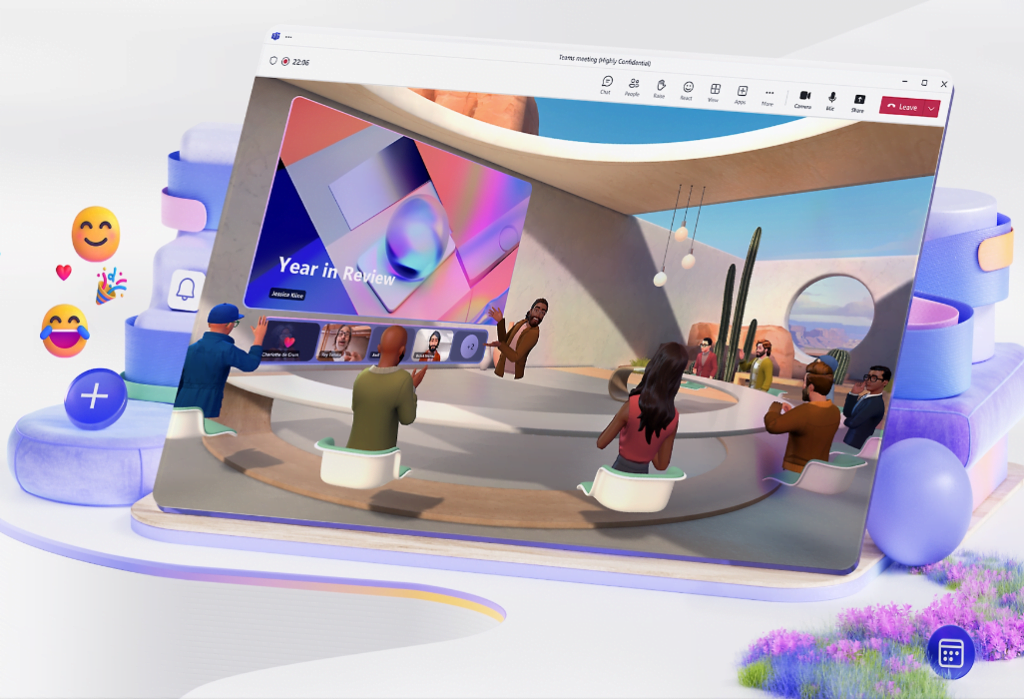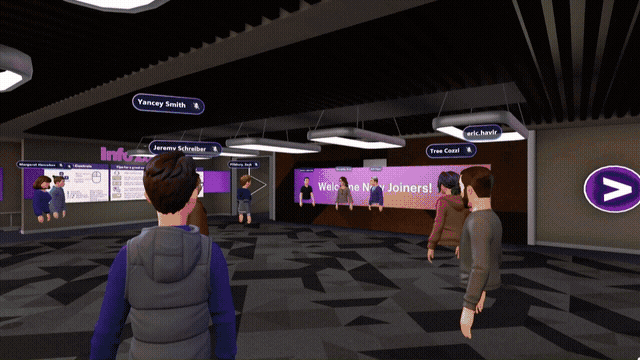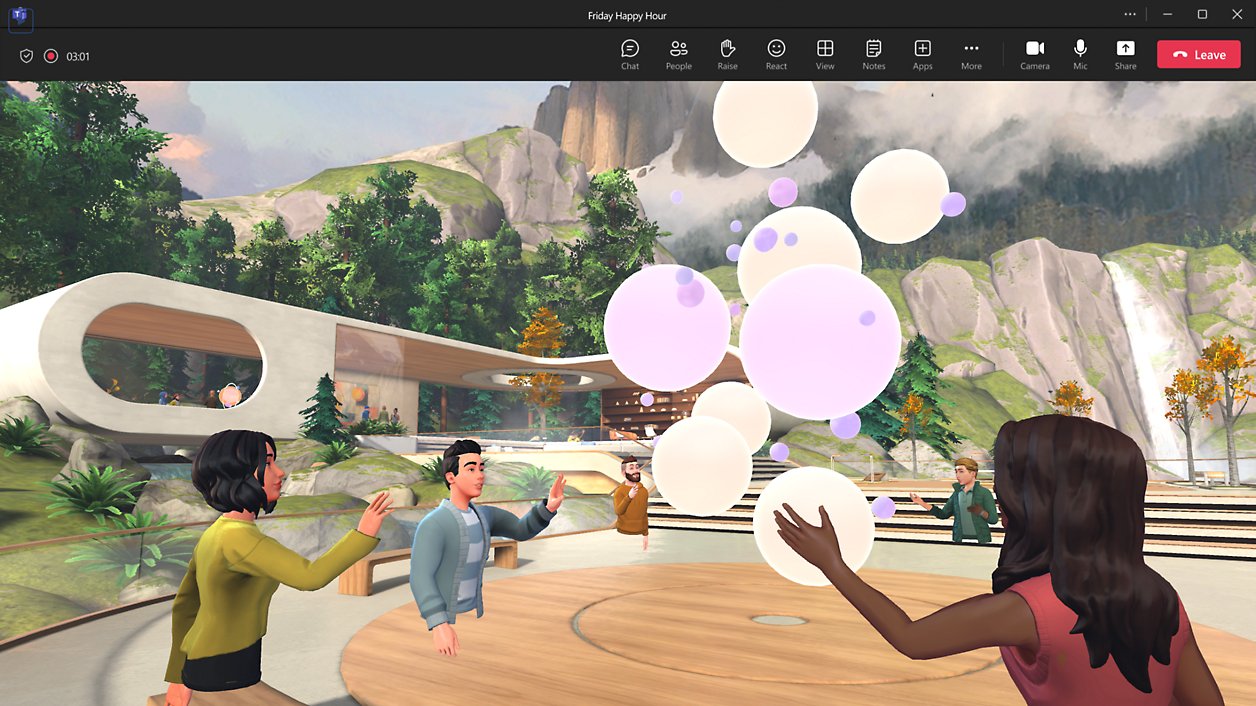Revolutionizing Collaboration with Microsoft Mesh: A Deep Dive

Introduction
In the rapidly evolving digital landscape, Microsoft continues to push the boundaries of innovation. One of its latest offerings, Microsoft Mesh, is set to redefine collaboration in the virtual space. This article aims to provide an in-depth look at Microsoft Mesh, its features, applications, and the potential impact on various sectors.
Understanding Microsoft Mesh
Announced in March 2021, Microsoft Mesh is a mixed-reality platform that enables users to interact holographically with others in real-time, regardless of their physical location. It is built on Azure’s cloud infrastructure, leveraging its computing power and scalability to deliver a seamless and immersive experience.
The Core of Microsoft Mesh: Holographic Interaction
The core of Microsoft Mesh lies in its ability to create a shared holographic experience. Users can join a virtual space as avatars or holoportations, which are 3D representations of themselves. These avatars are not just static images; they mimic the user’s movements and expressions, creating a more lifelike and engaging interaction.
This feature allows for more immersive and engaging interactions, fostering a sense of presence and connection that is often lacking in traditional video conferencing. It also eliminates the need for physical meetings, making collaboration more accessible and convenient.

Real-Time Collaboration and Content Interaction
Microsoft Mesh takes collaboration to the next level by enabling users to manipulate and interact with 3D content in real-time. This feature can be particularly beneficial for teams working on design projects, as they can collaboratively modify models, observe changes instantly, and provide immediate feedback.
For instance, architects can create and modify 3D models of buildings, engineers can work together on product designs, and educators can use 3D models to explain complex concepts. This real-time interaction with content makes collaboration more dynamic and effective.
Integration with Microsoft Tools and Platforms
Microsoft Mesh also integrates with Microsoft’s existing tools and platforms, such as Teams and Dynamics 365. This integration ensures a seamless transition between different work environments, enhancing productivity and efficiency.
For example, users can join a Mesh meeting directly from Teams, allowing them to switch from a traditional video call to a more immersive holographic interaction. Similarly, Dynamics 365 users can leverage Mesh to visualize data in 3D, providing a more comprehensive understanding of business metrics.

Applications of Microsoft Mesh
The potential applications of Microsoft Mesh extend beyond the corporate world. It opens up new possibilities for education, healthcare, and entertainment.
Education: With Microsoft Mesh, students could explore the solar system in a virtual classroom, dissect a virtual frog in biology class, or walk through ancient Rome in a history lesson. This immersive learning experience can make education more engaging and effective.
Healthcare: Doctors could consult with experts remotely during surgeries, medical students could practice procedures in a virtual environment, and patients could receive virtual therapy sessions. Microsoft Mesh could revolutionize healthcare delivery and medical education.
Entertainment: Friends could enjoy a virtual concert together, gamers could explore new worlds in a more immersive way, and movie buffs could watch films in a virtual theater. Microsoft Mesh could transform the way we enjoy entertainment.
The Future of Collaboration with Microsoft Mesh
Microsoft Mesh represents a significant leap forward in collaboration technology. By combining the power of mixed reality, holographic interaction, and real-time collaboration, it promises to reshape the way we work, learn, and play in the digital age.
However, like any new technology, Microsoft Mesh also faces challenges. These include the need for high-speed internet, the cost of mixed-reality devices, and concerns about privacy and security. Nevertheless, as technology continues to advance, these challenges are likely to be addressed.
Conclusion
In conclusion, as we continue to navigate a world where remote interaction is increasingly the norm, tools like Microsoft Mesh will be instrumental in keeping us connected and productive. It offers a glimpse into the future of collaboration, where physical distance is no longer a barrier to effective teamwork and engaging interactions.
Microsoft Mesh is not just another tool in the digital collaboration space; it is a paradigm shift in how we perceive and engage with virtual interactions. As we embrace this new era of collaboration, Microsoft Mesh is set to play a pivotal role in shaping our digital experiences.



